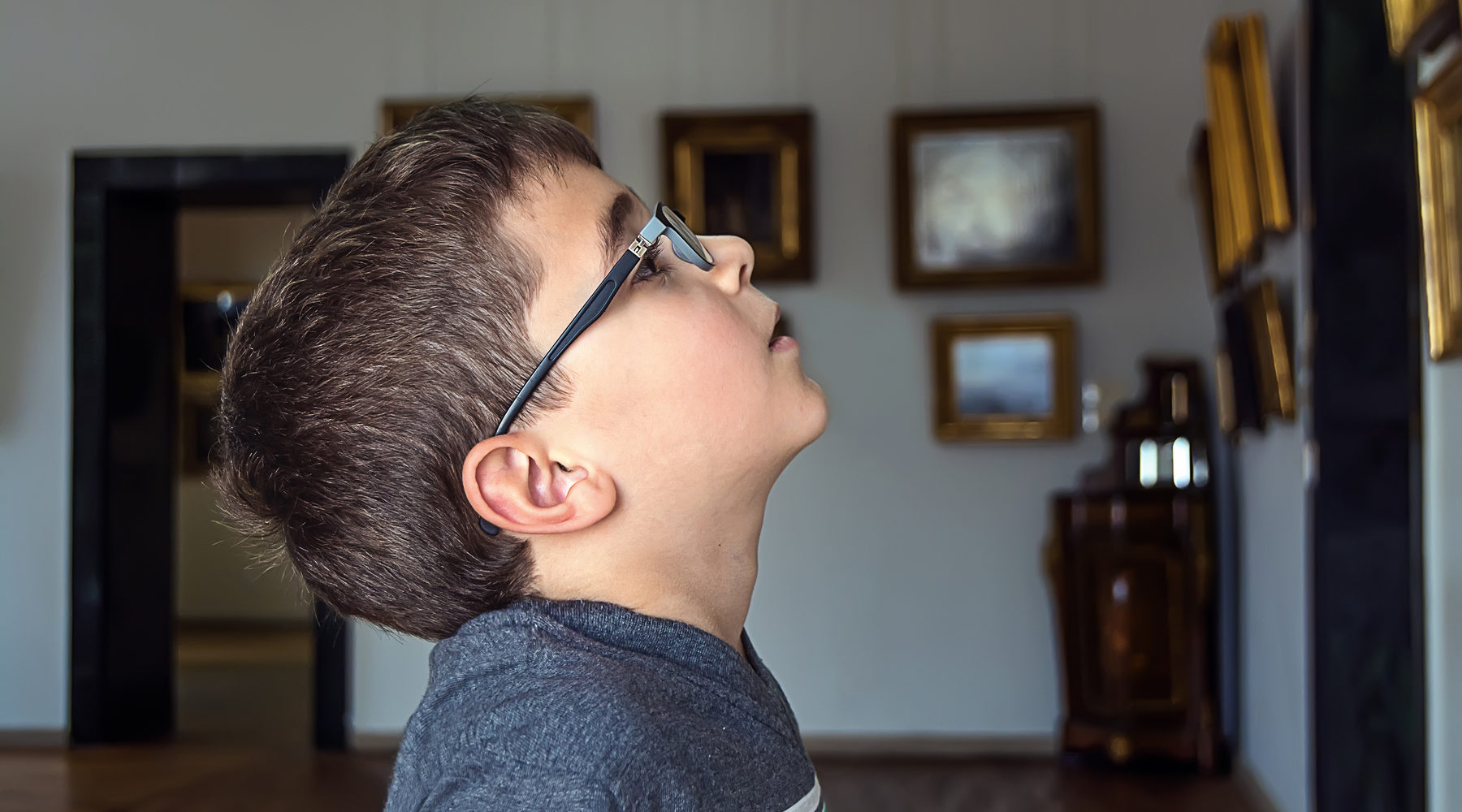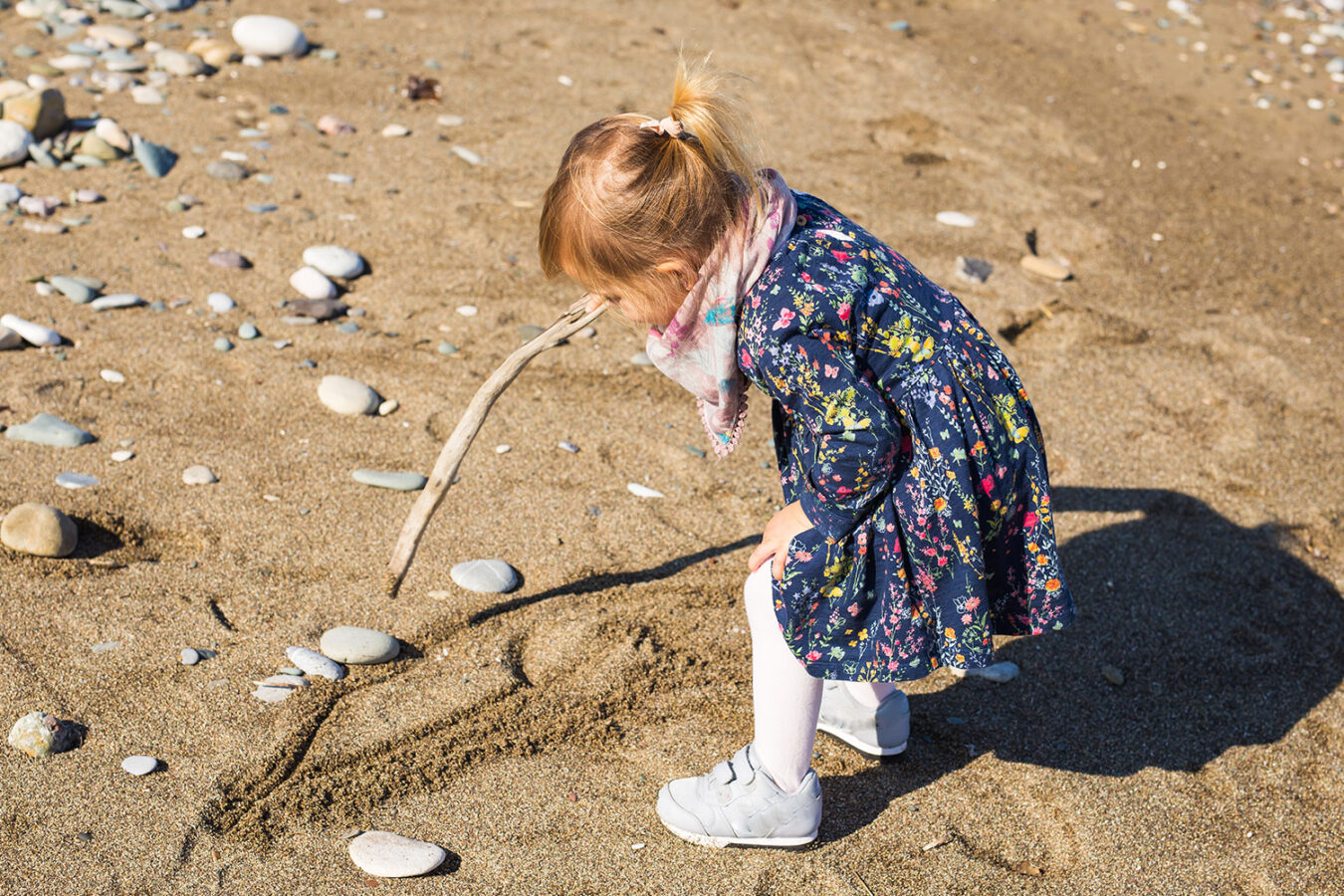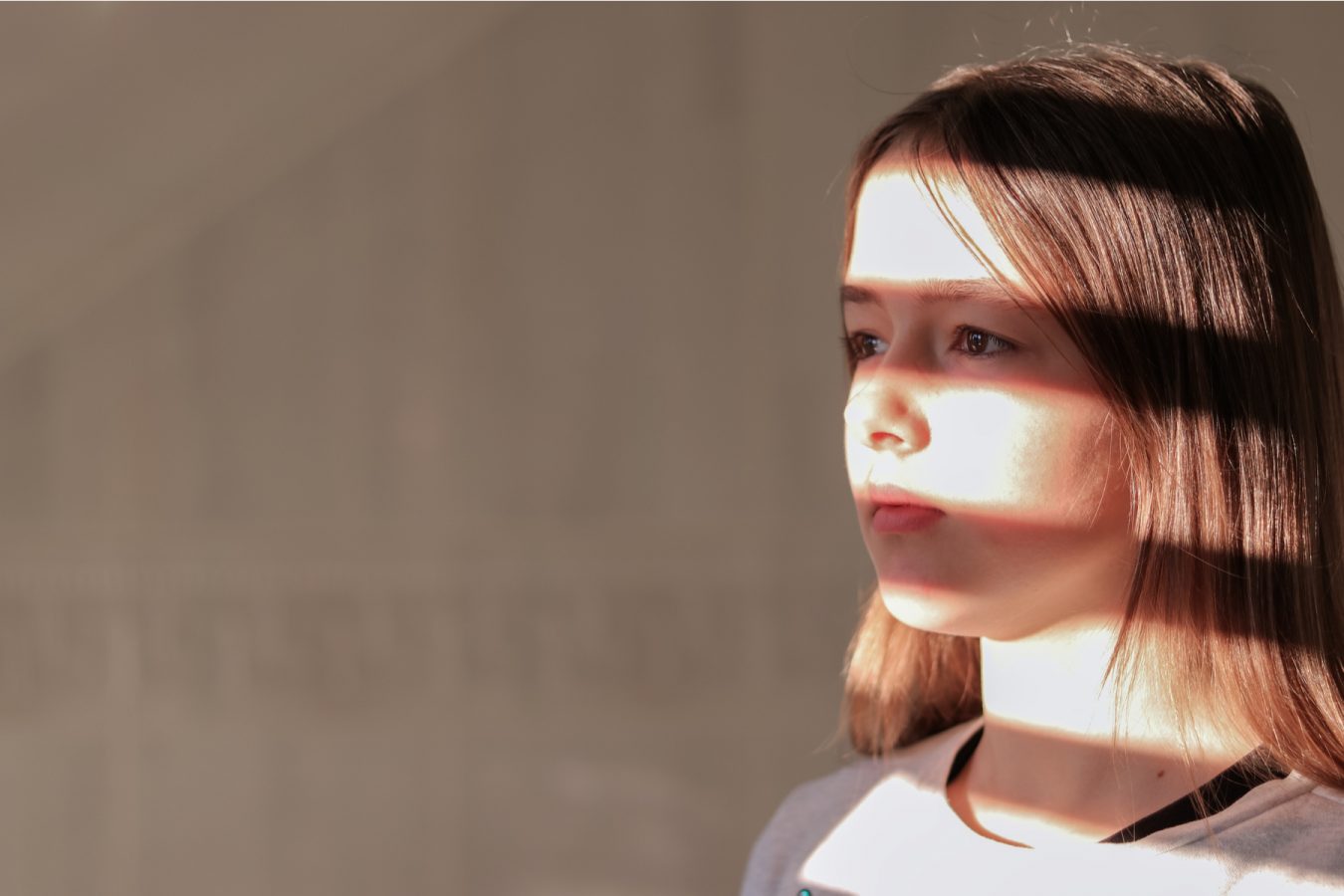
Having conquered the National Gallery of Victoria, Diane Bourke recently took her grandsons to Mona in Tasmania. In this first of a two-part series, she explains how she connects art and young minds.
In 2014, Jake Chapman, a visual artist from the United Kingdom, was quoted as saying, ‘taking children to an art gallery is a total waste of time because children are not yet human’. Was he serious? Available evidence suggests that he wasn’t. At the time, Chapman – a father himself – had an exhibition to promote, which alerted an ‘outraged’ public to his new show. Nevertheless, it caused a flood of notable artists to speak out against his thinking.
I believe that it is crucial for children, despite their lack of experience in the world, to be exposed to new things, to new ideas, to things that aren’t spoon-fed or straightforward. A visit to an art gallery fits this bill precisely.
What is even more beneficial is the knowledge that viewing art invokes new brain states, far less likely to be activated by our day-to-day reality. Furthermore, each time we engage in a new or complex activity, such as viewing a piece of art, our brain creates new connections between brain cells, which in turn grows our brainpower.

Each school holidays I visit the National Gallery of Victoria with my grandsons. Yes, they are prone to moan, but usually revel in the experience once they arrive. I am mindful that ‘success’ does not necessitate engaging with every piece in a collection. By checking online, we each select one piece to view, or perhaps we revisit a previous favourite. If the inclination is to linger longer, I certainly welcome that.
Our visits to the gallery began when my older grandson was around a year old. On a whim, I took him to view Tieplo’s The Banquet of Cleopatra. Cleopatra is said to have bet Marc Antony that she could host the most expensive banquet in history. The focus of the painting is one of Cleopatra’s pearl earrings, the central element in a story much too complex to try to summarise here.
On that first visit, as I held my young grandson in my arms, by chance I was wearing pearl earrings. He reflected on the painting for some time then slowly touched my ear and pointed his hand skywards to the pearl in Cleopatra’s hand. I recalled from John Berger’s book Ways of Seeing, the lines, ‘Seeing comes before words. The child looks and recognises before it can speak’. Suddenly they meant a whole lot more.
We have revisited this masterpiece many times and have discovered that great art rewards the 40th viewing as well as the first. The Banquet of Cleopatra is always on our agenda.
Asking ‘When is Art?’
‘What is art?’ is a question we have discussed many times especially, after being confronted by the Manga chair series at the gallery and my younger grandson regaling us with, ‘This is not art, Grannie.’
Rather than asking, ‘What is art?’, we now focus on the question raised, some time ago, by Nelson Goodman, author and founder of Project Zero at Harvard University. His question ‘When is it art?’ has pushed us in a direction of uncovering art as a way of looking at the world, rather than art as a finished product.
Art is many things, including objects, paintings on gallery walls, sculptures, murals on buildings and drawings by children. Equally important though is that art is also a method of knowing and a language that enables us to represent the world. As a method and a language, art provides both artists and audiences an opportunity to imagine, question and reflect on our lives.
My older grandson’s reply to, ‘When is it art?’ has led us onwards to new adventures. It was, ‘Art is when the piece in front of you asks you a question’. So for now, when we look at art, we think of the many possible questions being asked of us.
While I aim to help my grandsons make the most out of what they see, think about and even touch in the gallery, I deliberately play a very low key role.
For me, it is paramount that I give my grandsons the time and the courage to depend on their own eyes, brains and emotional responses to read a work of art. I do not want them to be caught in a trap of trying to figure out what the artist meant. In the first instance, I want them to focus instead on what the work says to them before they eventually develop their viewpoint by entering meaningful debate with others.
We Head to Mona
During the recent school holidays, we headed to Hobart and Mona. As preparation for the experience, (a little like walking along the moat edge to reach the NGV), we travelled along the Derwent on the Mona ferry and snuggled together on the back of a sheep.
We embarked at the foot of 99 steps, counted perfectly as we bounded up to the entrance to the gallery. Anticipation was high as we entered the elevator to descend deep underground. It was the perfect build up for a visit to a gallery. How could we not be excited about and love what we had come to see. We were ready.
I had previously read that that viewing art can trigger a surge of the feel-good chemical, dopamine, into the orbito-frontal cortex of the brain, resulting in feelings of intense pleasure. And furthermore, that when you stare at what you see as a work of beauty, you excite the same part of your brain as you do when you fall in love.
On entering Mona, we were each handed an O device that replaces wall texts. Unsurprisingly, it has been found that wall texts can be a distraction from the art being viewed. The neurons that respond to one object actively suppress the neurons that respond to the other. If we wanted more information about the work, we could listen on our device or simply wander in a state of pleasant reverie. The ‘cool’ bit according to the boys was that we could save our visit and view again at home all that we had seen and appreciated.
Later, each of us declared that our favourite piece was ‘20:50’, a huge space filled waist high with recycled engine oil. You walk alone down a central corridor and are surrounded on three sides by the thick, black liquid spread right to the brim. It glimmers enticingly, reflecting the sky and asking the question, ‘Can you resist temptation and not touch me?’
If this article has tempted you to try some of these questions with your own children, we would love to hear some of your responses. Please email your responses.
Diane Bourke is a Project Manager for Independent Schools Victoria. She was Head of Junior School, Campbell House, at The Geelong College for 16 years, and Head of Junior School, Morris Hall, Melbourne Girls Grammar for 15 years.
Like this post? Please share using the buttons located on this page.
Subscribe to The Parents Website


